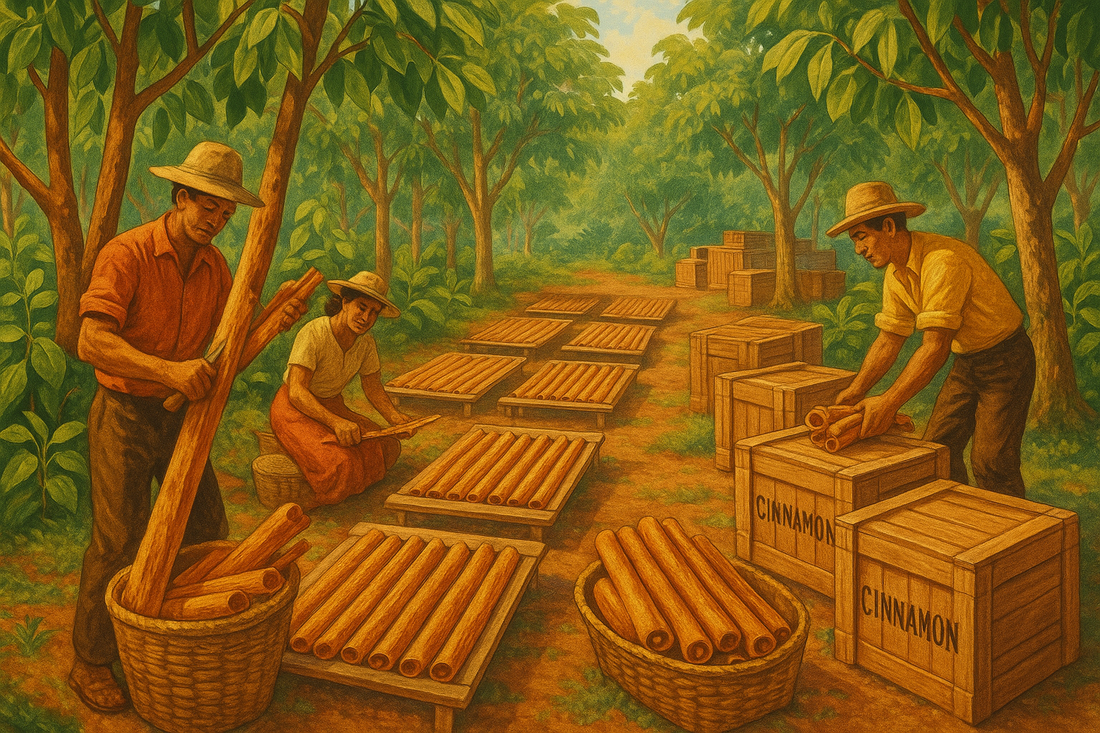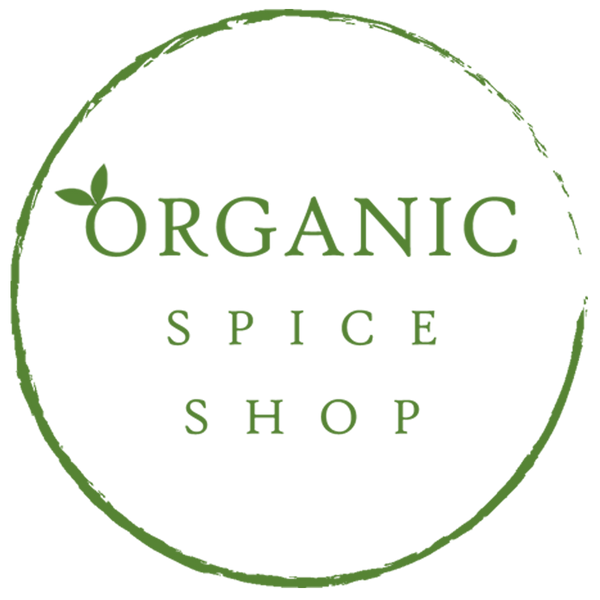
Ceylon Cinnamon: Sri Lanka’s Key Export Crop & Economy
Imagine lush green understory under Sri Lanka’s coastal hills, where workers hand-peel the bark of cinnamon trees, roll quills, and sort them for export. To many around the world, cinnamon is just a spice. But in Sri Lanka, it’s a legacy, a livelihood, and a significant economic export.
While tea often steals the spotlight, Ceylon cinnamon holds its own as one of Sri Lanka’s most strategic spice export crops. This article explores how cinnamon contributes to the nation’s economy, the challenges it faces, and the path ahead for this fragrant treasure.
Cinnamon in Sri Lanka: Cultivation, Varieties & Importance
Ceylon cinnamon, often called “true cinnamon,” is native to Sri Lanka (Cinnamomum verum). It's distinguished by its delicate aroma, mild flavor, and lower coumarin content compared to cassia.
Sri Lanka cultivates cinnamon on about 31,000 hectares, employing thousands in cultivation, processing, and trade. The industry supports both small-holding farmers and processors, often in rural coastal zones.
The country holds a dominant global position: Sri Lanka produces a large share of the world’s pure Ceylon cinnamon.
Export Data & Trends
Sri Lanka’s cinnamon exports remain a critical source of foreign exchange. In 2023, exports in the “cinnamon and cinnamon-tree flowers (crushed / ground)” category amounted to about US$211 million. That figure represented around 1.75 % of the country’s total merchandise exports.
While that is substantial, note that export value declined by 9 % in 2022.
Another data point: in the first half of 2024, Sri Lanka’s cinnamon exports jumped from US$76.24 million to US$95.3 million, a 25 % year-on-year increase. Top destination markets include Mexico (accounting for 45 % of exports in 2023), the USA, Peru, Australia, and Germany.
Cinnamon remains high in Sri Lanka’s list of agricultural export crops: the industry earns substantial revenue and supports substantial employment.
Economic Impacts
Foreign Exchange & Export Revenue
Cinnamon exports bring in much-needed foreign currency, easing balance-of-payments pressures. It helps diversify export earnings beyond just tea and garments.
Employment & Rural Livelihoods
The cinnamon sector supports tens to hundreds of thousands of people along the value chain from growers to processors to packers. Under various estimates, the value chain supports over 70,000 small-holding growers and over 350,000 people in associated work.
For many in rural areas, cinnamon cultivation is one of the few cash crops accessible at low capital cost, thereby helping reduce rural poverty.
Value Addition & Downstream Processing
More revenue can be captured by processing: converting cinnamon sticks into Ceylon cinnamon powder, essential oils, powdered extracts, spice blends, and value-added goods. This raises margins, creates local processing jobs, and reduces dependency on raw exports.
The branding of Pure Ceylon Cinnamon (PCC) is managed by Sri Lanka’s Export Development Board to protect quality and fetch premium pricing. Challenges & Risks
Competition & Substitutes
Sri Lanka faces competition from cheaper cinnamon varieties (cassia) produced in Vietnam, Indonesia, China, etc. According to export rankings, Sri Lanka is among the leading exporters, but competition is fierce.
Some markets may accept lower-quality or adulterated cinnamon; maintaining purity is a challenge.
Price Volatility
Global spice markets are sensitive to supply shocks, currency fluctuations, and demand shifts. That volatility affects farmers and exporters alike.
Quality, Adulteration & Certification
Ensuring that exported cinnamon meets international safety and quality standards (pesticide residue, contamination, heavy metals) is critical. Adulteration with cassia or fillers can damage brand reputation.
Logistics & Trade Barriers
High transportation costs, tariff & non-tariff barriers, and export documentation can reduce competitiveness. Also, infrastructure gaps in rural processing and cold chains add cost.
Land & Environmental Constraints
Land availability, soil degradation, climate change, pests, and crop diseases are threats. Sustainability is essential for long-term viability.
Opportunities & Strategic Measures
Geographical Indication (GI) & Branding
Sri Lanka secured GI status (geographical indication) for Ceylon cinnamon, helping protect the origin, boost premium pricing, and reduce counterfeits.
Strong branding helps differentiate in competitive markets.
Organic & Value-Added Products
There is a premium for organic spices and processed by-products (essential oils, extracts). Investing in organic certification can command higher margins.
Diversifying product lines (powdered cinnamon, spice blends, extracts) helps reduce risk.
Smallholder Support & Capacity Building
Training farmers in good agricultural practices, quality control, certification steps, traceability, and post-harvest handling can raise overall export quality.
Supply chain improvements (cooperatives, aggregation, shared processing centers) can reduce costs.
Market Diversification
While Mexico is a dominant importer, there’s room to expand to Asia, Europe, and emerging markets. Strengthening trade relations and reducing trade barriers will help.
Technology & Sustainability
Adopting better harvest tools, disease-resistant varieties, eco-friendly pest control, and sustainable farming helps preserve yield and the environment.
Ceylon cinnamon is more than a beloved spice; it’s woven into Sri Lanka’s economic fabric. As a significant export crop, cinnamon brings foreign currency, supports rural communities, and offers opportunities for value addition.
The path forward demands balancing tradition with innovation: protecting quality, expanding value-added processing, supporting farmers, and pushing into new markets. With the right strategies, Sri Lanka can cement (pun intended) its position as the world leader in pure cinnamon and ensure that the spice continues to uplift its economy for generations to come.
